Anne Krebiehl describes food, travel and wine as the “joyful trinity” that she wants to bring together and celebrate and share in Falstaff International – the new publication that promises to cover ground that no other title has done before.
Tell us about the new publication Falstaff International that you have joined – what are its editorial objectives?
Our editorial objective is to fill a sweet spot that nobody else currently fills – and that sweet spot is to give equal rein to wine, food and travel. And we want to do that in a way that is authoritative and aspirational, yet accessible. Our publisher and owner, Wolfgang Rosam, has been hugely successful with this formula in German-speaking Europe and now wants to roll it out internationally.
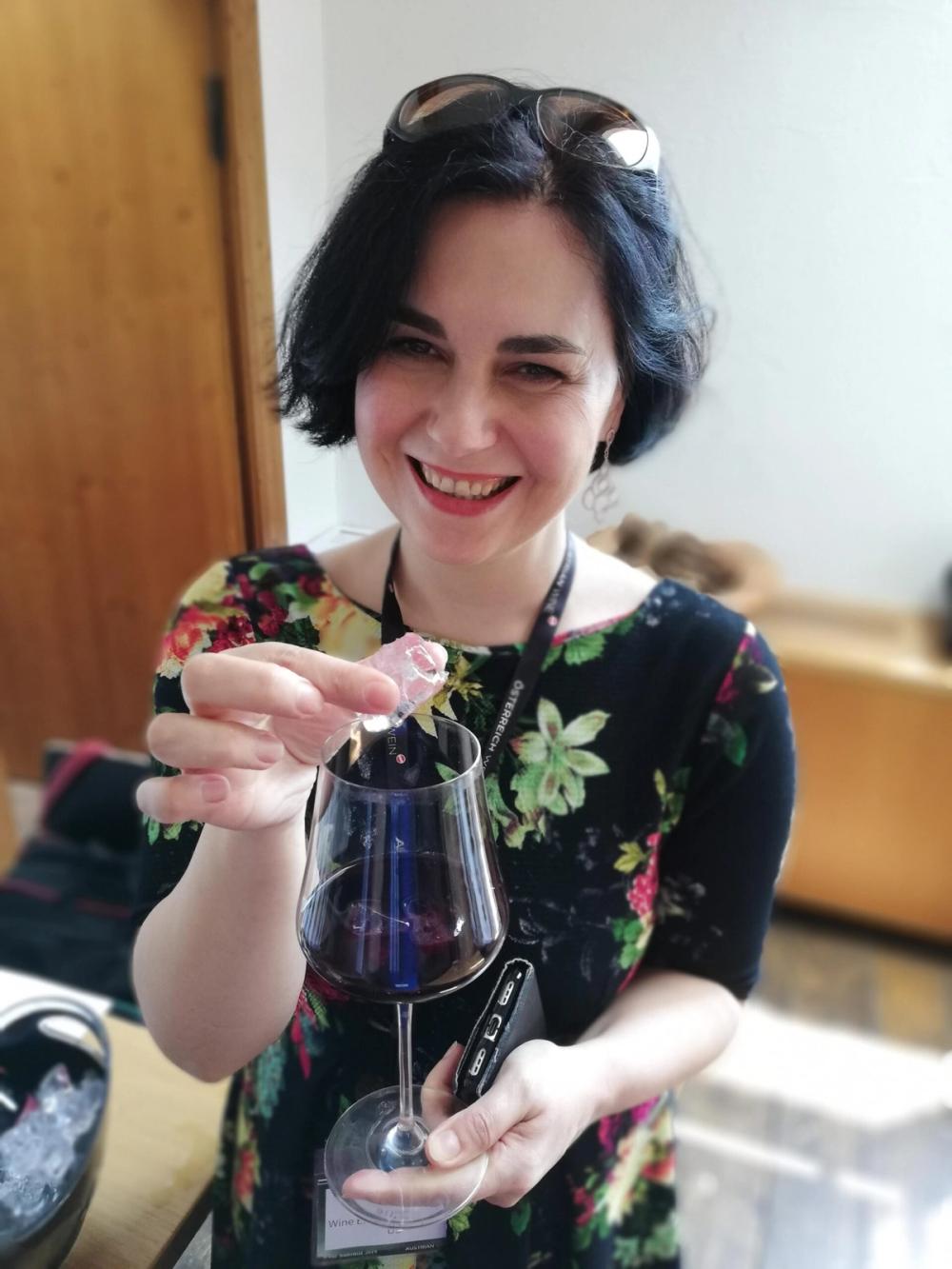
Anne Krebiehl MW has been given “a once in a lifetime opportunity” to take charge of Falstaff -a new global magazine on food, travel and wine
Who do you see as your target audience and your publishing market?
We are aimed at a global audience that loves all that is good in life: curious people who like to eat and drink well and explore the world – or their backyard. I know this is a wide brief, but everyone who has ever travelled in the name of food and wine knows that this is a natural way to bond and find common ground, that builds community.
Digital technology helps us and we are distributed globally on all the usual digital channels, but, as of October, our autumn print edition will be available in 41 countries. This also poses a challenge editorially, but we believe our beautiful production values will wow people and that the content will convince.nb
Why do you think Falstaf can offer a new point of difference to what is currently being published?
It’s all about that sweet spot: there are food magazines that do a bit of wine and travel, most wine magazines have a bit of food and travel, too, there are some that just focus on travel or food or wine, but nobody presents this “joyful trinity” – our publisher’s words – in one tailored package. We don’t want to just speak to wine lovers, we want to speak to food lovers and travellers, too, and we hope to open doors to wine for many.
We also want to connect with our readers on an intellectual level – via the authoritative content – and on an emotional level through the stunning photography. Yet we are not elitist: presenting recipes to cook at home is as prominent in the magazine as fancy restaurants. We also run opinion pieces and some essays, so there is some contemplative reading, too. Falstaff is meant to be a bit of an escape into that sphere of pleasure.
What do you see as your tone of voice for covering wine/ spirits – are you pitching it at knowledgeable drinkers or every day people who like their food and drink?
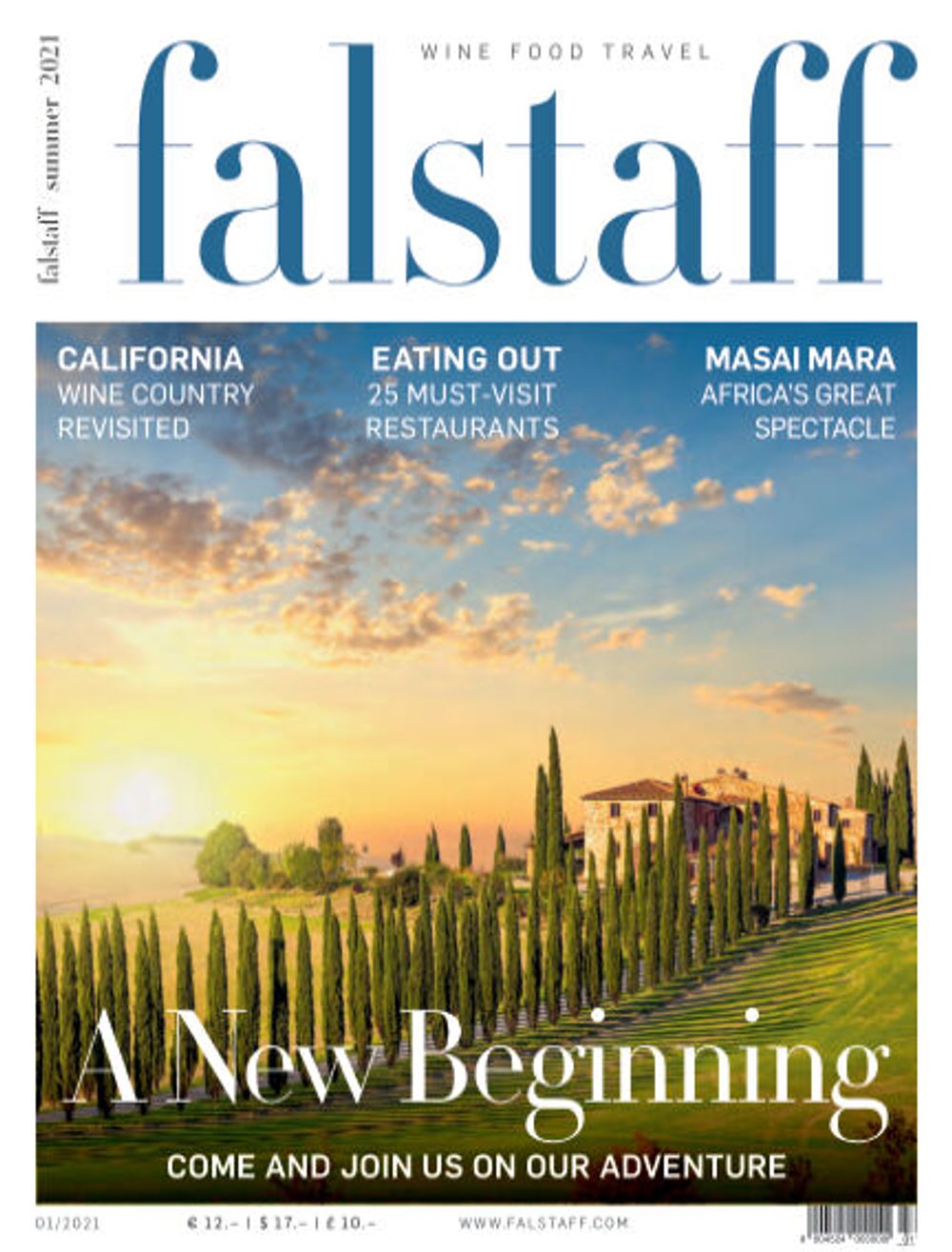
The new Falstaff publication will be produced globally every quarter
This is a difficult one: we want to see eye to eye with the people who already are collectors and know their stuff, but we do not want to put curious newbies off. On the contrary, we want to invite everyone into the world of wine, in a hopefully BS-free zone where we report with clarity.
In our first edition we have a portrait of Napa and Sonoma pitched at beginners and a fairly involved piece on Bordeaux. In between those we have a feature on the history and evolution of Super Tuscans, which is great reading for those already collecting Ornellaia and those who don’t yet know what Super Tuscans are. So we try and speak to everyone without ever dumbing down.
As regards to spirits, we will initially go for the classics and explain what they are and how they are changing. We have just reported on the new face of single malts and will tackle Caribbean rum in the next issue.
Who do you see as your competitors in the market?
We see other glossy lifestyle publications as our competition. But since we are global rather than country-specific, we are different from say very US or very UK-based publications.
What is your role and how did you get to be involved?

Top quality photography is a key part of Falstaff’s editorial strategy – a spread from the inaugural issue
I am the editor-in-chief, so that means everything from planning strategically, to hiring staff, to commissioning, editing and writing features, commissioning and publishing on the web, and tasting. I am rather busy and do not know where this year has gone so far.
I started in January and my colleagues and I are still building our team. Every day and week we learn new things. It is an exciting time. As to how I came to be on board: I am sure that being bilingual had everything to do with it, being hired by a German-language publication to take it to an international, English-speaking, global audience. I was approached last summer and it took us a while to thresh things out – but now we are on a roll.
It’s a big move for you to move from your freelance and consultancy role and working for Wine Enthusiast – and The Buyer – to a full time editor’s position. How difficult was that and why did you make the move?
It is a big change. I always prided myself on having been able to carve out a career as a freelance writer and taster, where the piecemeal work is never well paid – and yet I succeeded. I juggled so many different assignments, but I thrived. Now the challenge is a different one. It means managing people, fitting into a corporate structure, being responsible for more than just my own survival and well-being. It was and still is a big change. I loved all the agency I had as a freelancer and so this was not an easy decision to make, but then again it was a natural next step.
It was also the sort of opportunity you do not get twice in life – to help shape a publication and build a brand.
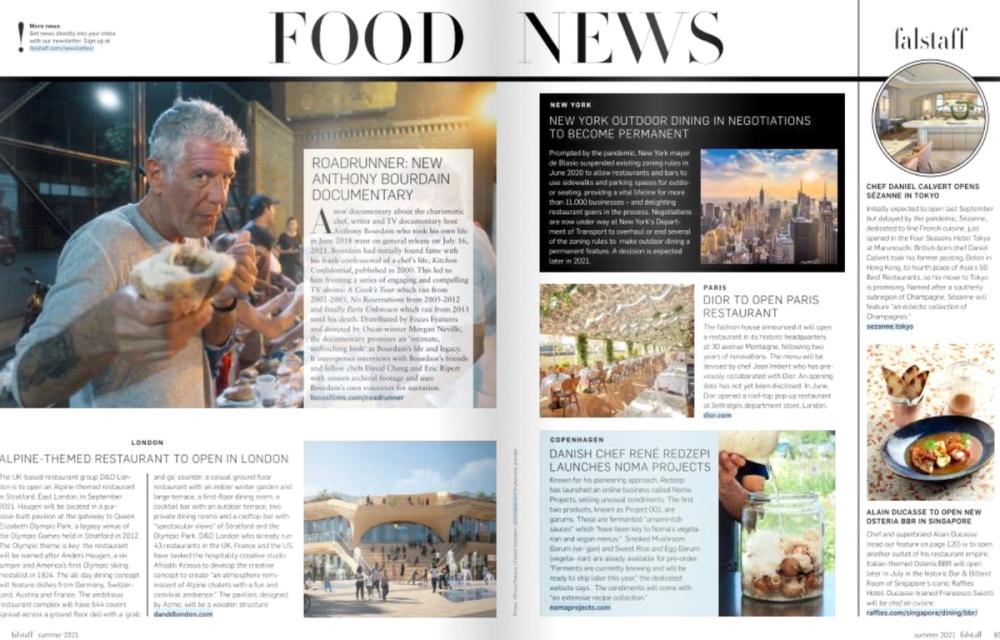
Falstaff is a celebration of food as well as wine and travel
You have just published your launch issue – what were you hoping to achieve with that and what are some of the highlights in it?
Our launch issue was to tell the world we are here, we have arrived, not quite with a bang, but with much élan. We came out in mid-July and have had some really lovely feedback already. We want to speak of joy, speak of the real things in this world, the things that give pleasure and comfort and inspiration. And everyone is so hungry for that. For me, the highlight of the issue is the great photography and the ability to give a platform to some new voices.
How often are you publishing? How many issues a year?
We have two more issues out this year: autumn and winter, and will then appear quarterly as of 2022. However, we also know that our growth will have to be digital so we are looking forward to a complete platform relaunch of the website and will also put much effort into our digital growth and on building a Falstaff community that will hopefully run events one day.
We publish a newsletter every week and everyone can sign up here or follow us on Instagram @falstaff.international and on Twitter @flstaff_intl
How have you found it becoming an editor for the first time?
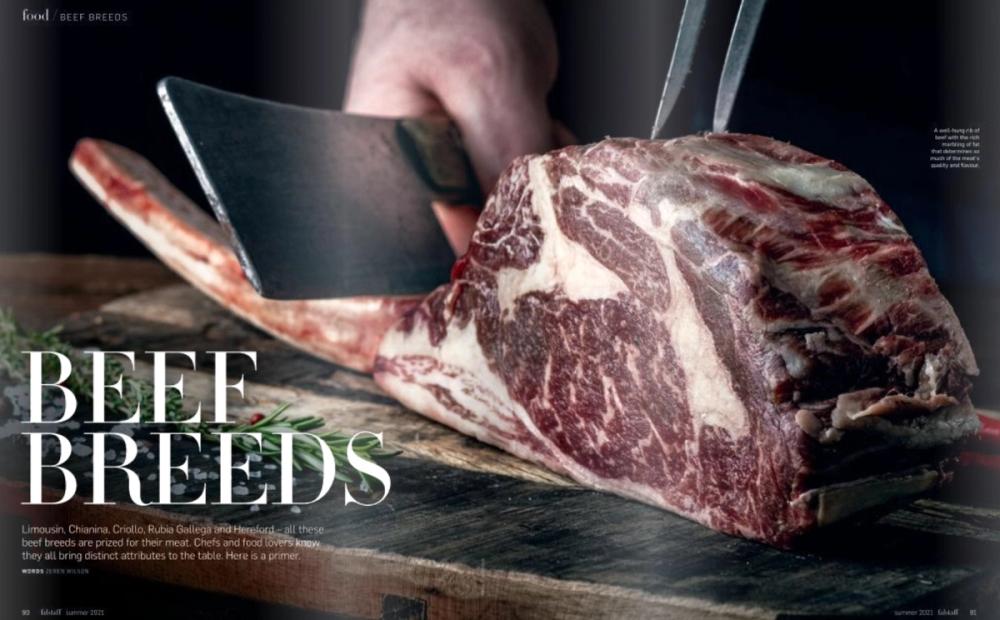
Falstaff has in-depth features on farmers, chefs and restaurants and recipes to make at home
It is very interesting to have changed from one side of the desk to the other. Having been a writer who pitched, pitched and pitched and who delivered on time and (mostly) to length, was a good prep for what I am doing now. I know I can give writers a good brief and get what I want and need.
What I have learned is that the quality of writing really does differ and how much one appreciates good, clean, expressive yet evocative copy. Some people are natural writers – so all I can say to aspiring writers out there: if you are good, persevere because good writing is rarer than you might think.
What have you enjoyed the most?
I have loved the actual writing and editing and production process. As a freelancer before, I used to hand in my copy and then someone else took over. Now I am part of that process of deciding on pics, of deciding which pull quotes to use, of deciding which way things are presented.
One of the most beautiful things has been to work as part of a team: the final production phase of the magazine was intense but it was such a good experience to work with my colleagues and feel I was not alone – because as a freelancer you usually are a lone fighter. And no matter how tired I sometimes was, when a writer handed in a beautiful piece of writing, when someone had found a way with words, it made me really happy.
What have you found most difficult?

Falstaff has a dedicated section on travel and the best places to go to enjoy great food and wine
Fitting back into a company structure after having been a free agent for 12 years has been difficult, but now I am really happy that I have such a great team around me, and a managing director who has my back, who challenges me and supports me in equal measure, who has exactly the same aims as me but comes at solutions from a very different but enriching angle.
I love to have my world and view expanded like that. Above all I am happy to have a visionary publisher who has the actual guts to come out with a glossy print publication in the early 21st century.
What are some of the key decisions you have had to make so far as an editor?
People are always key decisions and building the team has been and is key. Another key decision is forging a tone and a path. Falstaff is incredibly well known in Austria and Germany, in fact, they dominate the market there, and they are growing in Switzerland, too. All these country-specific editions have a real symbiosis with their local wine industries and it is their local rootedness and expertise that makes them so successful.
Our situation is completely different. We have to build the brand from scratch and they key decisions are on tone, direction and content.
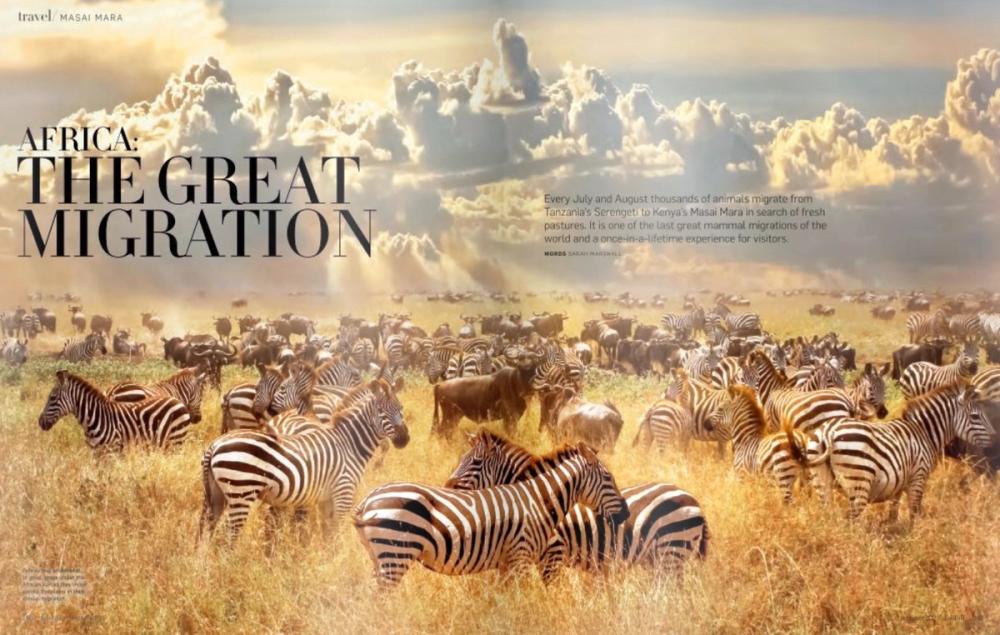
Falstaff is looking to give a platform to new writers from travel, food and wine
What is the commercial model for Falstaff?
The commercial model is built around print and digital advertising plus tasting competitions which we call “trophies”. These are themed tastings according to grape variety, country or style that always fit in with a seasonal or editorial theme of each issue. We hope that this will grow and people get to know us better. We are also developing ideas around community building, but, for now, we just had to get our website and magazine off the ground. Once we have more routine in that we will focus far more on interactive engagement. There may also be some line extensions in the future and events – but for now we have our hands full.
Are you looking for freelance writers and contributors? If so what sort of writers are you looking for and how do they approach you?
One of the points I wanted to make when we started was to use relatively new and unknown voices and be a platform for them. If people want to approach me, they should have a look at the sort of stuff we do in print and online and pitch to me at editorial@falstaff.com. Our magazine issues for this year are pretty much fully commissioned, so this is for 2022.
- Falstaff International is based in Vienna, but edited in London and published globally. Its inaugural digital issue was published in July 2021 and its first print edition will appear in October 2021. It plans to publish every quarter with a global print circulation of 100,000. It is the first English language title by Falstaff Publishing which has been producing wine magazines and digital platforms in Austria and German-speaking Europe since 1980.








































